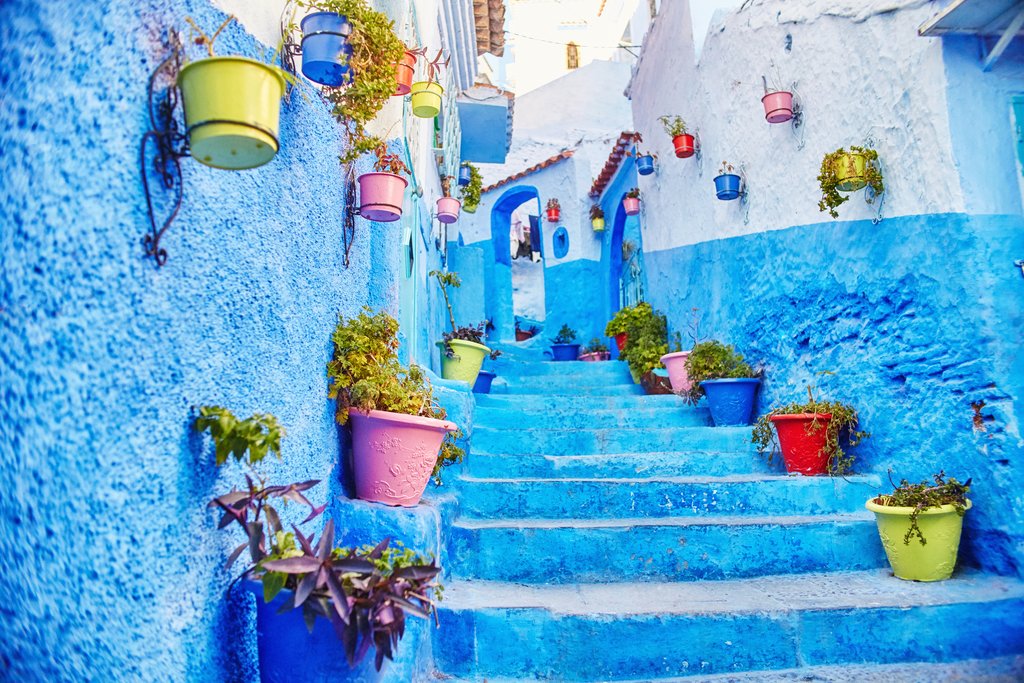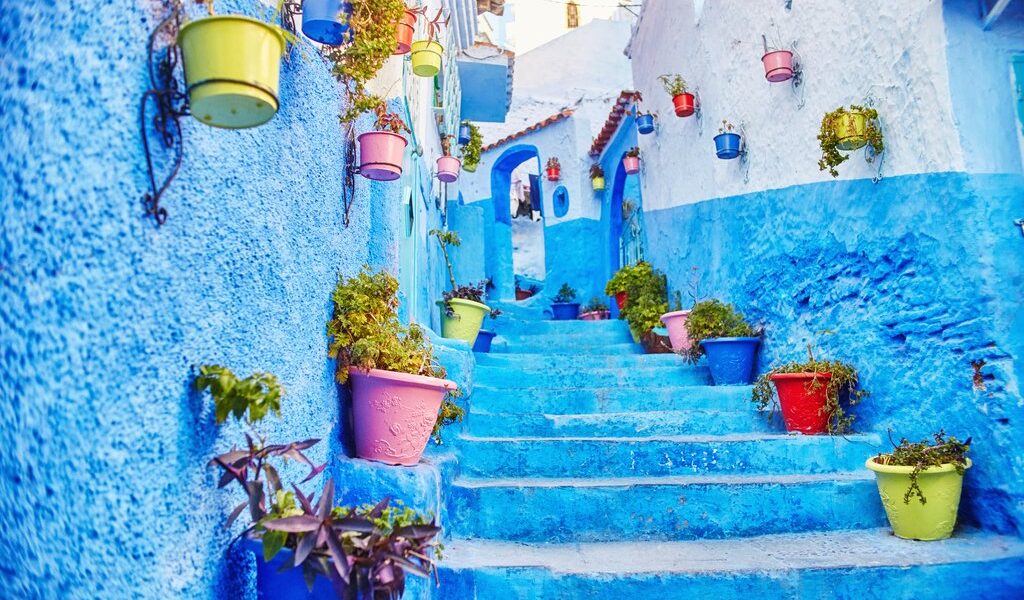
Heat alert: July is the peak of summer in Morocco, and a (very) popular month for travelers. It’s not the best time to visit the Sahara Desert, but there’s still plenty to see and do along the country’s sunny northern coast and up in the mountains. Find out more with this monthly guide.
Morocco in July: A Detailed Exploration
The month of July in Morocco offers a unique travel experience, defined by both its warm weather and vibrant cultural scene. To fully prepare for a journey during this time, it’s essential to understand the nuances of the climate, the potential for crowds, and the array of activities available. Here’s a comprehensive guide to help you make the most of your Moroccan adventure in July.
Weather Considerations
July in Morocco is synonymous with sunshine and high temperatures. The specific weather conditions can vary significantly depending on the region you plan to visit. In the majestic Atlas Mountains, travelers can expect approximately eleven hours of daylight each day, offering ample time for exploration and outdoor activities. The average daily temperature in the Atlas Mountains hovers around a pleasant 84°F (approximately 29°C). However, it’s important to note that temperatures can fluctuate, and higher altitudes may experience cooler conditions, especially in the evenings.
Venturing towards the bustling city of Marrakech, the heat intensifies considerably. During July, Marrakech often sees high temperatures soaring past the 100°F mark (over 38°C). This intense heat requires careful planning, including staying hydrated and seeking shade during the hottest parts of the day. Air-conditioned accommodations and indoor activities become crucial for a comfortable experience.
In contrast, the northern coast of Morocco provides a more temperate climate. In the coastal city of Tangier, the daily average temperature in July is a more comfortable 75°F (around 24°C). This milder weather makes Tangier an appealing destination for those seeking respite from the intense heat found further inland.
The coastal town of Essaouira is another haven for travelers seeking cooler temperatures. The daily average temperature in Essaouira during July typically ranges in the mid- to upper-seventies Fahrenheit (around 24-26°C). The coastal breeze adds to the pleasant atmosphere, making it an ideal location for beachside relaxation and watersports.
Regarding rainfall, the northern regions of Morocco tend to be drier in July. While clear skies are generally expected, it is always prudent to check weather forecasts for specific destinations. In cities like Marrakech, the possibility of a brief rainy afternoon or even a thunderstorm exists. These occasional showers can provide a temporary relief from the heat, but they are generally short-lived.
Crowds and Costs
Despite the high temperatures, July is a popular month for tourism in Morocco. This means that visitors should be prepared to encounter crowds at many popular attractions and destinations. The coastal areas, in particular, tend to be crowded, as both locals and international tourists flock to the beaches to escape the summer heat.
Popular beach towns such as Essaouira experience a significant influx of visitors during July. If you are planning to spend several days in such a sought-after location, it is highly recommended to book your accommodations, train tickets, and tours well in advance to avoid disappointment.
When booking accommodations, it is important to carefully review the amenities offered. Not all hotels and guesthouses in Morocco provide air conditioning. Given the high temperatures, particularly in cities like Marrakech and Fes, air conditioning can significantly enhance your comfort.
Where to Go
Given the extreme heat in the Sahara Desert during July, it is generally advisable to postpone a desert excursion to a cooler time of year. Instead, focus on exploring coastal destinations or the northern regions of Morocco.
Coastal getaways such as Agadir and Asilah offer pleasant alternatives. Agadir boasts beautiful beaches and a relaxed atmosphere, while Asilah is known for its artistic charm and the International Cultural Festival held in July.
The northern destinations of Tangier, Chefchaouen, and Tetouan provide a welcome respite from the intense heat found further south. Tangier, with its rich history and vibrant culture, offers a blend of European and Moroccan influences. Chefchaouen, famously known as the “blue city,” is a picturesque destination with its unique architecture and tranquil atmosphere. Tetouan, a UNESCO World Heritage Site, offers a glimpse into Morocco’s Andalusian heritage.
An adventure in the Atlas Mountains can also be a rewarding experience during July. While temperatures are still warm, they are generally cooler than in the cities. However, it is still advisable to seek shade or shelter during the hottest hours of the day. Hiking trails and stunning mountain vistas await those who venture into this region.
What to Do
The activities you choose during your July trip to Morocco will largely depend on your chosen destination and tolerance for heat. Trekking in the Atlas Mountains provides an opportunity to experience the natural beauty of the country. Relaxing under a beach umbrella on the coast is a classic way to enjoy the summer weather. Exploring the northern cities offers a chance to delve into Morocco’s rich history and culture.
If your itinerary includes stops in cities like Marrakech or Fes, be prepared for both heat and crowds. Plan to spend more time inside air-conditioned museums, historical sites, and other indoor spaces during the hottest hours. The Bahia Palace and the Saadian Tombs in Marrakech, as well as the Al-Attarine Madrasa in Fes, offer cultural enrichment and respite from the sun.
As the city cools down in the evening, take the opportunity to wander through the medinas (old city centers). The bustling marketplaces and vibrant atmosphere come alive after dark.
July is also a month with a busy cultural calendar in Morocco. It’s an ideal time to attend a festival dedicated to art or music or to participate in the celebrations of a major national holiday.
July Events
International Cultural Festival: Held in the coastal town of Asilah, this two-week event transforms public spaces into large-scale art installations. The pleasant July weather in Asilah makes it an ideal location for this celebration of art and culture.
Festival of Alegria: This two-day festival in Chefchaouen celebrates cultural diversity in North Africa and the Mediterranean. It is important to check the scheduling in advance, as future editions may be held in August instead of July.
Timitar Music Festival: Held in the beachfront city of Agadir, this four-day music festival pays homage to Berber culture. The festival attracts hundreds of thousands of Moroccans and international travelers each year, so secure your tickets early.
Feast of the Throne: Celebrated on July 30th, this is a national holiday in Morocco that marks the anniversary of King Mohammed VI’s ascendance to the throne. Expect to see fireworks, enjoy festive food, and witness street parades, which typically occur after dark.
Planning your July adventure to Morocco requires careful consideration of the weather, crowds, and available activities. By taking these factors into account, you can create a memorable and enjoyable travel experience.
B-1638

